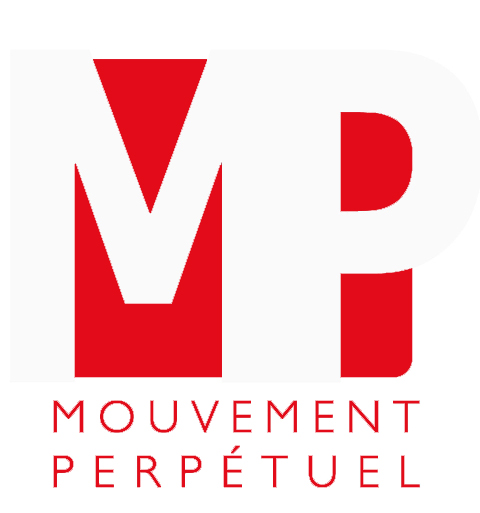the Ming Contemporary Art Museum
“On Site Impromptus: Dance and Moving Images in Daily Space” Exhibit
1001 Lights
On display from June 17, 2017 – August 20, 2017
We are very pleased to announce that the Shanghai premiere of our “1001 Lights” project has been mentioned in its first press release since its public premiere. “1001 Lights” is on display as part of the Ming Contemporary Art Museum’s “On Site Impromptus” exhibit. This exhibit showcases the concepts dance and movement in the context of performance art.
1001 Lights is conceived of as a large-scale video installation to reflect the intimate and life affirming quality of the Sabbath candle-lighting ceremony. One hundred participants from across Montréal’s varied Jewish community were filmed sharing their practice. Brought together, these moments testify to the cultural and spiritual force of the candle-lighting experience. The installation evokes a fluid and impressionistic mosaic of shared spiritual experience that draws and builds on the practitioner’s hand gestures and presence, an individual’s ritualized movement and tradition.
About The Exhibition:
“The exhibition is curated by Tsai Yun-Ting, a researcher of dance film, with Gabriele Brandstette, scholar of German literature and choreology, teaching at dance school of Freie Universität Berlin, and Sarah Möller, organizer and judge of POOL TanzFilmFestival, as academic consultants (with Dr. Wang Jiqing helping the text translation and academic communication), featuring 31 artists and artist collectives from 18 countries.”
“The exhibition “On Site Impromptus: Dance and Moving Images in Daily Space” presents an international selection of contemporary dance films, reflecting the rich facets of the art form and the various possibilities of the alliance of dance and film. The exhibited art works exploit a wide range of film-choreographic approaches: digitally multiplied bodies, corporal fragmentations, kaleidoscopic arrangements of body parts – the audience experiences choreographies, whereby the cinematic body transcends the physical conditions, gravity and wholeness, of the pro-filmic dancing body. The visitors will encounter remembering bodies, film-dances between tradition and presence, life and dead, as well as poetic works, whereby language, body and image motion are engaged in a dialogue. Finally several films lead the audience back into everyday spaces and vivid city landscapes, where the dancers take on usual movement patterns in order to ultimately break the ranks.” —Sarah Möller
“Through the lens of photography, the moving image of dance activates the discourse of aesthetics by showing choreographers and dancers in public or specific spaces of mise-en-scène for site-specific improvisation; they can dance for camera, or on camera, or even with camera; through post production and editing, the re-choreographed performance draws indivisible wholeness. The constructed space takes up the façade of museum’s existing architecture; the repetition of image and the palindromes of memory, provide the viewers with temporal hiatuses though which one can go in and out on his own will; immersed, it is possible to experience and represent displacements or shifts that call for the instinct of dancing, liberating bodies from the prison of daily life and awakening the urge to perform from deep within.”
“Are emotionally charged gestures and stances, or unhinged trance and running, at the end of the day, dancing? Human, born with impulses, struggles with love and desires yet under the calling of destiny where death is always lurking from a short distance. Body, as a confession of status and environment of life and living, presents the indescribable pictures of life, reflecting the interpersonal and intrapersonal, the cravings for attention, the visceral experience of being present and its existence at this moment. There may be fear of being seen, as one may subtly try to hide and to endure the possibility of being unseen and uncared for, perhaps he still yearns to be seen. If one is completely devoid of the feelings of being seen, could he still see himself? If one loses eyesight, how does he watch or imagine dance?”
“The convergence of dancing in digital form transforms time and space, filters out the windings of life and resets the scenes of living.”



